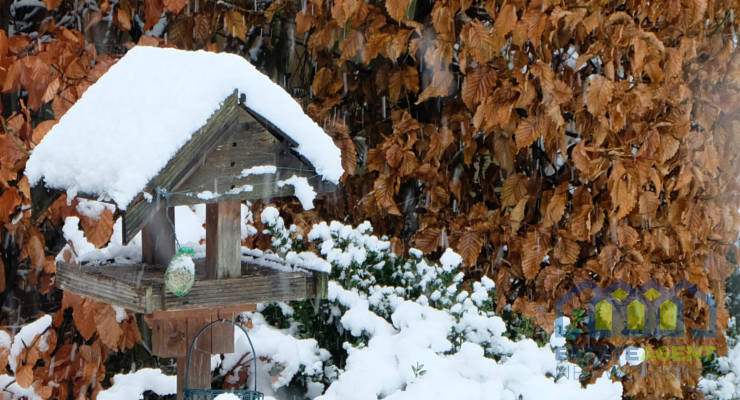Japanese Knotweed – Yes, No or Knot Known – The Big Question.
Anyone buying or selling a house will come across a TA6 Property Information form. The 3rd edition of this Law Society document must be completed by anyone selling a property; at 16 pages long with 14 sections to fill in, it can be an onerous task. The seller is obliged to answer a long list of questions about the property ranging from parking arrangements to rights of light.
Section 7.8 of the form asks “Is the property affected by Japanese knotweed? There are 3 answers to choose from which are Yes, No, Not Known.
If the answer is ‘Yes’ then the owner must state whether there is a Knotweed Management Plan (KMP) in place and if so supply a copy to their solicitor.
When the seller answers ‘No or Not Known’ it is very important that they are certain of this. Not everyone knows about Japanese knotweed, the non-native invasive weed that has the potential to significantly jeopardise the saleability of a property. As the two pictures below demonstrate, Japanese knotweed can cause serious structural damage to property.
But what exactly is meant by the words “affected by Japanese knotweed” and how can a property owner identify it.
Firstly, a property is considered as being affected by knotweed if it is found on the property or within 7 metres of the property boundary. To help understand and categorise the level of risk that the knotweed presents to the property, the Royal Institution of Chartered Surveyors (RICS) have created a “risk” table. The area around the knotweed is referred to as the “risk zone” and its location in relation to the buildings should be formerly recorded and the risk category accurately assessed.
Japanese Knotweed is an invasive and resilient weed that can re-grow from the deep rooted rhizomes and re-emerge many years after treatment. In some cases it is possible that the very deep rooted Japanese knotweed rhizomes remain in a viable state, and may do so for up to twenty years or so. These rhizomes will eventually re-grow, especially if they get disturbed. If knotweed is left to grow untreated for a number of years it has the potential to cause damage to hard landscaping and buildings on property and could also encroach into neighbouring properties.
To help with identification of Japanese knotweed the following images show how it appears throughout the seasons. Alternatively, Japanese Knotweed Ltd provides a free email identification service to help identify photographs. Property buyers, sellers, Estate Agents, Conveyancing Solicitors can simply send a few images by email to ident@knotweed.co.uk for advice.
If knotweed is identified then the best course of action for the owner of the property will be to instruct a specialist knotweed professional, registered with the Property Care Association (PCA), to carry out a survey.
A knotweed survey will provide a detailed report and drawing showing the anticipated extent of the knotweed contaminated ground and its location in relation to the buildings and the property boundary. The report will include the Royal Institute of Chartered Surveyors (RICS) property risk category and it will record any visible signs of damage caused by the knotweed to the buildings, ancillary structures or hard standing/paving and where possible and applicable it will identify knotweed in the neighbouring gardens. Where applicable, the survey will provide information and advice to help with cases of encroachment, misrepresentation regarding the Law Society Property Information TA6 Form (3rd edition) or professional negligence.
The remedial work should be carefully chosen in accordance to the owner’s plans, the location of the knotweed and the severity of the problem. The most professional and recognised approach is to implement a Knotweed Management Plan (KMP). A KMP is a document prepared by Japanese Knotweed Ltd, in good-faith and in accordance with the professional standards and guidelines from the Property Care Association (PCA). This KMP will ensure that the knotweed problem is professionally managed and this document will meet the requirements of the majority of UK mortgage lenders.
For further information or advice visit www.japaneseknotweed.co.uk or email survey@knotweed.co.uk
Title image credit JapaneseKnotweed.co.uk – Used with full permission.








